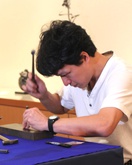Yoshiro Iwaisako (祝迫 芳郎)
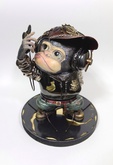
HUMONKEY - 2
2015, ca. H24 xB17,5 x T17,5cm
Kupfer, Messing, Silber, Schwarznickel, Nickel, Harz, Metalfolie
Verfügbar auf Nachfrage
_e__c__e____no.0001_web_de.jpg)
KYO-KEN~Blue Monkey~No.0001
2015, ca. H40 xB32 x T22cm
Kupfer, Messing, rostfreier Stahl, Nickel, Metalfolie, Harz
Verfügbar auf Nachfrage
_e__web_de.jpg)
KYO-KEN~Mops mit Lederjacke~ KYO-KEN~パグ・革ジャン
2015, ca. H22,5 x B17,5 x T17,5cm
Kupfer, Messing, rostfreier Stahl, Rotgold, Metalfolie, Harz
Verfügbar auf Nachfrage
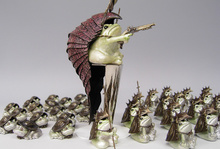
"Aufstand - Frosch"
(反乱軍~蛇をにらみ返すカエル)
2011, kleine Figuren je ca 4cm
Messing, Silberfolie, Harz
kleine Figuren noch Erhältlich / Small figures are available
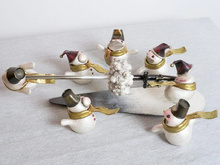
"Duell der Schneemänner" (雪合戦)
2013, kleine Figuren H6xB5xT7cm
Bazooka: H10xB25xT8cm
Kupfer, Silber, Messing, Neusilber, Metalfolie, Perlenpulver, Harz
Erhältlich / Available
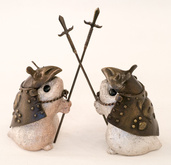
Aufstand - erste Truppe (Lanze)
反乱軍~窮鼠第一陣 援軍~(槍)
2011, H8xB3xT6cm
Messing, Silberfolie, Harz
Edition Nr.34 noch Erhältlich
__i_____u_o)_de.jpg)
"Aufstand -Mausarmee"
(反乱軍~窮鼠第一・第二陣)
2011, je ca. 4cm
Messing, Silberfolie, Harz
Einige noch Erhältlich / Some still available

"Ersterkampf - Kükenarmee-jap. Helm"
初陣~雛軍~兜
2011, ca. H8xB4xT4cm
Messing, Kupfer, Harz, Goldfolie, Perlenpulver
Die braune noch erhältlich
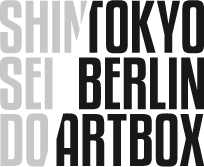

_attentaeter_150dpi_de.jpg)
_aa__i____)__o_2_mausarmee_2_de.jpg)
_de.jpg)
